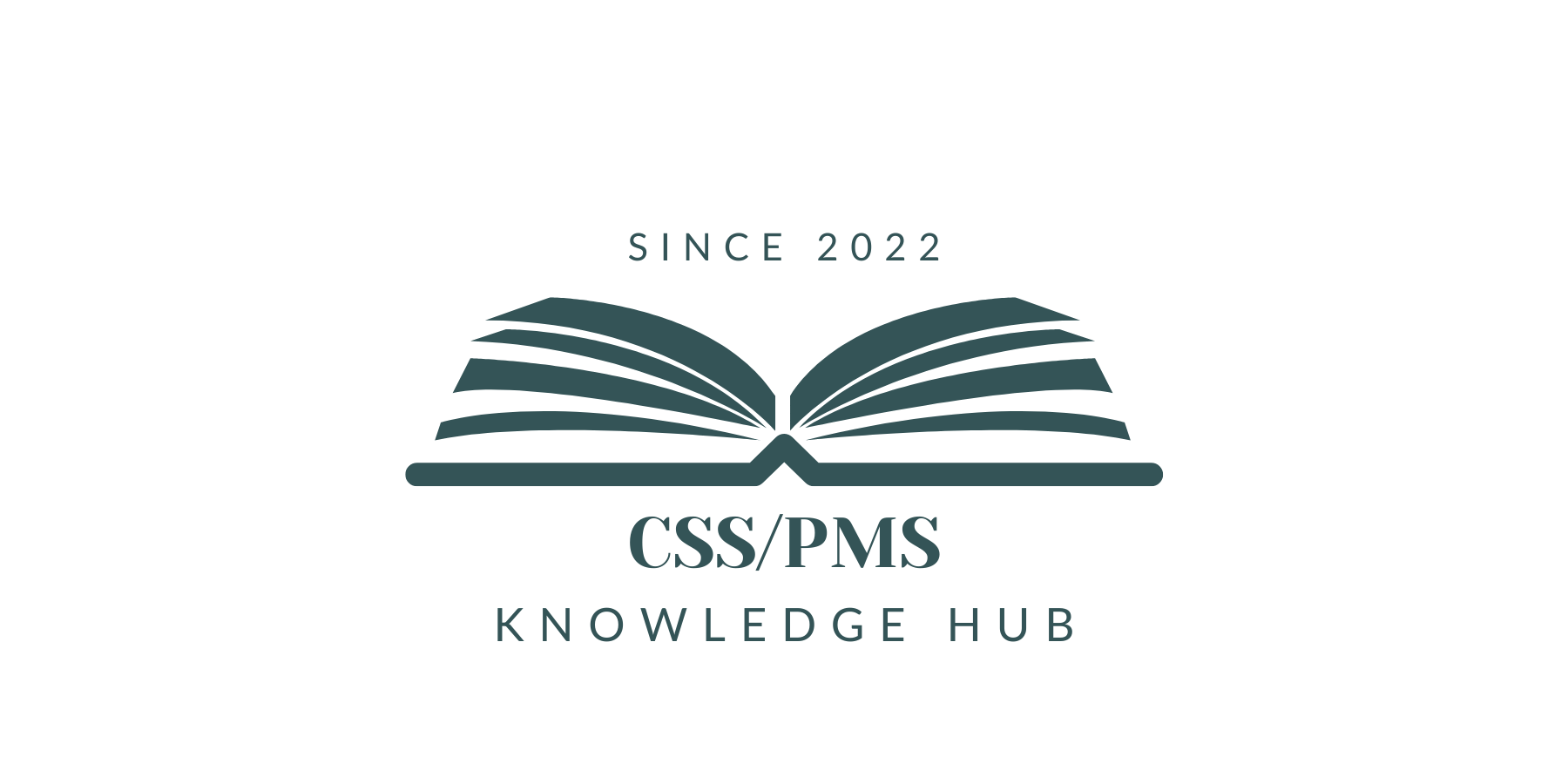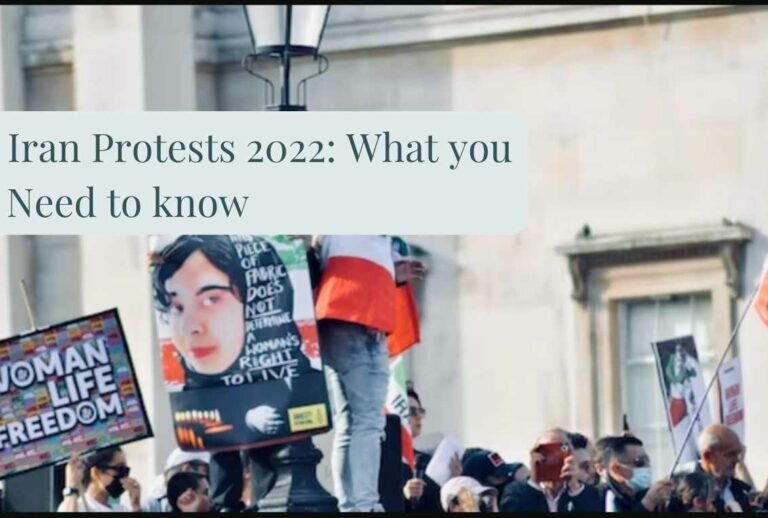Fifth-Generation Warfare: The Blurring Lines of War and Peace
I. Introduction
The term Fifth-Generation Warfare (5GW) has been used to describe the latest evolution in warfare. It is characterized by a blurring of the lines between war and peace. 5GW is different from traditional forms of warfare. Fourth Generation Warfare focused on asymmetric tactics and guerrilla warfare. Instead, 5GW is marked by the combination of advanced technology, political warfare, and the use of non-state actors. This essay aims to provide an overview of 5GW, its characteristics, impact, and implications for the future of warfare.
The historical evolution of warfare has seen the development of different generations of warfare. First Generation Warfare focused on the use of mass manpower. Second Generation Warfare focused on firepower. Third Generation Warfare focused on maneuvering. Moreover, Fourth Generation Warfare focused on asymmetric tactics and guerrilla warfare. Fifth Generation Warfare represents the latest evolution, characterized by the integration of advanced technology, political warfare, and the use of non-state actors.
It is important to understand 5GW as it has the potential to change the nature of warfare and the way conflicts are resolved. It is a multidimensional and complex form of warfare that challenges traditional military strategies and international law and norms.
This essay began by defining 5GW and will provide an overview of its characteristics. It will then examine the impact of 5GW on gray zone conflicts, cyber and information warfare, and the role of non-state actors. Finally, it will explore the implications of 5GW for the blurring lines of war and peace. It will be including the concept of “peacetime military operations,” the changing nature of warfare, and the role of diplomacy and non-military means in resolving conflicts.

II. Characteristics of Fifth-Generation Warfare
A. Hybrid warfare:
One of the key characteristics of 5GW is the integration of various forms of warfare, including conventional, irregular, and cyber warfare. This type of warfare is referred to as hybrid warfare, and it is designed to exploit the vulnerabilities of the enemy while protecting the strengths of the attacker. It involves the use of a combination of military and non-military means, such as propaganda, disinformation, and covert operations, to achieve political objectives.
B. Non-linear warfare:
Another characteristic of 5GW is the non-linear nature of the battlefield. In traditional warfare, the battlefield is defined by a clear front line, but in 5GW, the battlefield is fluid and constantly changing. This makes it difficult to identify the enemy, and it challenges the traditional concept of victory in warfare.
C. Multi-domain warfare:
5GW also involves the integration of various domains, including land, sea, air, space, and cyberspace. This makes it possible to conduct operations in multiple domains simultaneously, giving the attacker a strategic advantage over the defender.
D. Political warfare:
In 5GW, the use of political warfare is an essential component of the overall strategy. This includes the use of diplomacy, economic pressure, and psychological operations to influence the enemy’s decision-making process.
These characteristics of 5GW make it a complex and multidimensional form of warfare that challenges traditional military strategies and international law and norms. It requires a new approach to warfare that integrates advanced technology, political warfare, and the use of non-state actors.
Also Read: Global Warming Myth or Reality Essay
III. Impact of Fifth-Generation Warfare
A. Gray zone conflicts:
5GW has led to an increase in gray zone conflicts, which are defined as conflicts that fall between traditional war and peace. These conflicts are characterized by the use of non-military means to achieve political objectives, and they challenge the traditional concept of victory in warfare. Gray zone conflicts also blur the lines between state and non-state actors, making it difficult to identify the enemy and respond effectively.
For example, in 2014, Russia annexed Crimea from Ukraine, which was considered an example of a gray zone conflict. It is because it was achieved through a combination of military and non-military means. These means were disinformation and covert operations which were used to achieve political objectives.
B. Cyber and information warfare:
5GW has also led to an increase in the use of cyber and information warfare. These forms of warfare involve the use of technology to disrupt, degrade, or destroy the enemy’s ability to communicate and operate. Cyber and information warfare can be used to target critical infrastructure, disrupt communications, and spread disinformation.
For example, in 2016, Russian hackers launched a cyber attack on the Democratic National Committee (DNC) to influence the U.S. presidential election.
C. Role of non-state actors:
In 5GW, non-state actors, such as terrorist groups and transnational criminal organizations, play a significant role. These actors can use asymmetric tactics and unconventional warfare to exploit the vulnerabilities of the enemy. They can also use advanced technology, such as drones and cyber capabilities, to conduct operations in multiple domains.
For example, in 2020, the terrorist group, ISIS, used drones to attack oil fields in Iraq and Syria. This demonstrated the ability of non-state actors to use advanced technology in their operations.
D. Challenges to traditional military strategies:
5GW presents significant challenges to traditional military strategies, which are designed to fight conventional wars. It requires a new approach to warfare that integrates advanced technology, political warfare, and the use of non-state actors. This new approach requires a deep understanding of the enemy’s motivations, capabilities, and vulnerabilities.
For example, in the fight against terrorist groups such as Al Qaeda and ISIS, traditional military strategies have proven to be ineffective. Ultimately, a new approach that integrates political, economic, and social strategies is needed to effectively combat these non-state actors.
Also Read: India-China Relations – The Border Dispute
IV. The blurring lines of war and peace
A. The concept of “peacetime military operations”:
The coalition of advanced technology, political warfare, and the use of non-state actors in fifth-generation warfare has led to the concept of “peacetime military operations.” These operations are designed to achieve strategic objectives without resorting to traditional warfare, and they blur the lines between war and peace. Peacetime military operations can include covert operations, cyber attacks, and economic sanctions, among others.
B. The changing nature of warfare:
5GW has changed the nature of warfare, making it more complex and multidimensional. The use of advanced technology, political warfare, and the use of non-state actors has led to a shift away from traditional warfare, and the concept of victory is no longer based on the defeat of the enemy’s military.
C. The role of diplomacy and non-military means in resolving conflicts:
5GW has increased the importance of diplomacy and non-military means in resolving conflicts. In order to effectively respond to 5GW, it is necessary to understand the enemy’s motivations and vulnerabilities and to use diplomatic and economic means to achieve strategic objectives.
D. The implications for international law and norms:
5GW challenges traditional concepts of international law and norms, such as the laws of armed conflict, and the principle of state sovereignty. The use of advanced technology, political warfare, and the use of non-state actors in 5GW raises questions about the applicability of traditional legal frameworks and the need for new norms and rules to govern this new form of warfare.
Also Read: Tips to Make Outline of CSS Essay
V. Conclusion
In conclusion, Fifth Generation Warfare (5GW) represents the latest evolution in warfare, characterized by the integration of advanced technology, political warfare, and the use of non-state actors. It is a multidimensional and complex form of warfare that challenges traditional military strategies and international law and norms. This essay has provided an overview of 5GW, its characteristics, impact, and implications for the future of warfare.
5GW has led to an increase in gray zone conflicts, the use of cyber and information warfare, and the role of non-state actors. It has also led to the concept of “peacetime military operations” which blur the lines between war and peace. The changing nature of warfare and the role of diplomacy and non-military means in resolving conflicts are also notable implications of 5GW.
It is important to continue researching and understanding 5GW in order to develop effective strategies to respond to this new form of warfare. This requires a deep understanding of the enemy’s motivations, capabilities, and vulnerabilities, and the use of advanced technology, political warfare, and non-state actors. Moreover, It is necessary to review the traditional legal frameworks to adapt them to this new form of warfare and establish new norms and rules to govern it.







